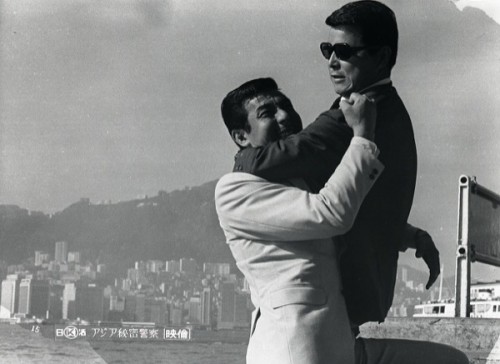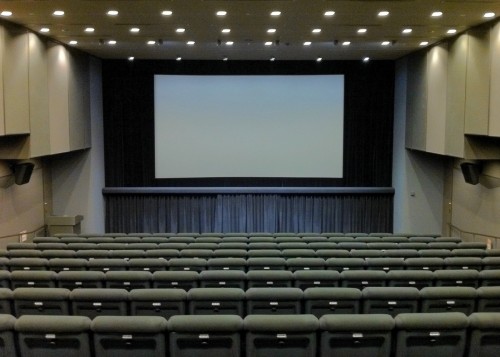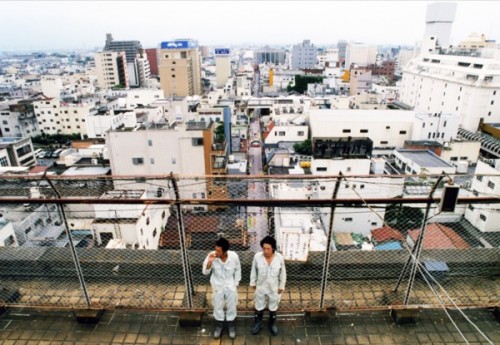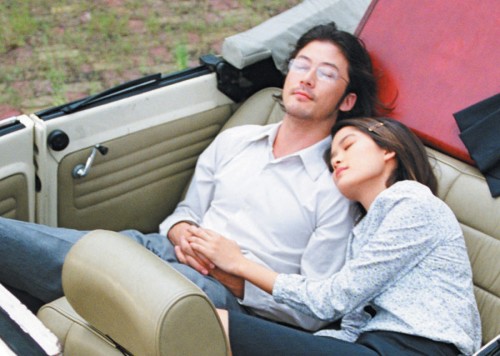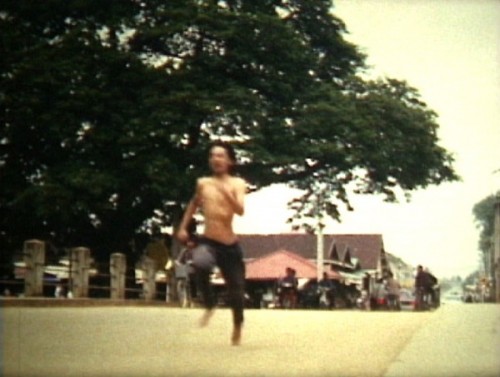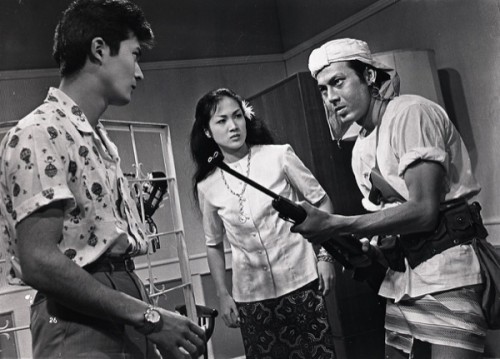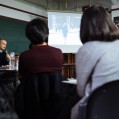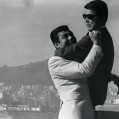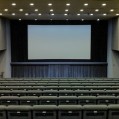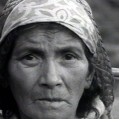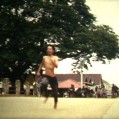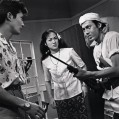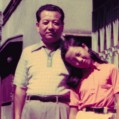Alexander Zahlten
Alexander Zahlten
b. 1973 in Madison, WI, USA; based in Boston and Kyoto
Work in exhibition
“Mirrorball on Asia,” 2015
Cinema program
Screenings at the Film Theatre of The Museum of Kyoto
Alexander Zahlten is an Assistant Professor of East Asian Languages and Civilizations at Harvard University. His research on film and audiovisual culture in East Asia and especially Japan from the 1960s onward examines the topics from a wide range of historical, political and other perspectives. For Parasophia, he has curated a selection of Japanese and other films from the 1960s through the present day as part of the screening program at the Museum of Kyoto Film Theatre, with a focus on “East Asia as seen in Japanese cinema.” This program re-interprets traces of how Japan has attempted to represent themselves and other countries in cinema by referencing entertainment movies, documentaries, and experimental films, and offers an opportunity for the people of these countries, for whom the modern East Asian narrative is too complex and close to home to be discussed objectively, to re-examine it as a meta-narrative woven by the films that Zahlten selects as an outside, yet deeply informed and insightful, observer.
-
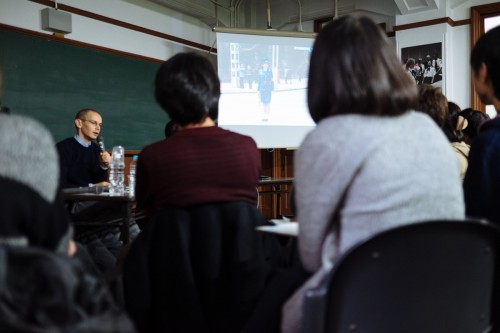
Parasophia Conversations 01: Alexander Zahlten & Keisuke Kitano “Image Traffic in the 21st Century,” Kyoto Art Center, November 16, 2014
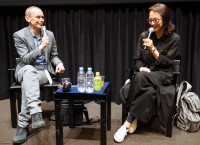
Apr 19, 2015 19:00-20:00
[Cinema Program] Alexander Zahlten “Mirrorball on Asia”
- Talk Event
[Cinema Program] Talk 3: Yang Yong-hi & Alexander Zahlten
Yang Yong-hi, Alexander Zahlten
Place: Film Theatre, The Museum of Kyoto
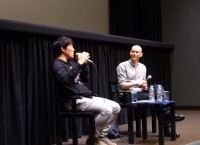
Apr 12, 2015 19:40-20:40
[Cinema Program] Alexander Zahlten “Mirrorball on Asia”
- Talk Event
[Cinema Program] Talk 2: Tetsuaki Matsue & Alexander Zahlten
Tetsuaki Matsue, Alexander Zahlten
Place: Film Theatre, The Museum of Kyoto
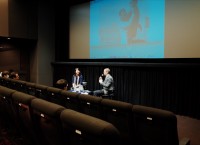
Apr 05, 2015 19:00-20:00
[Cinema Program] Alexander Zahlten “Mirrorball on Asia”
- Talk Event
[Cinema Program] Talk 1: Han Yanli & Alexander Zahlten
Han Yanli, Alexander Zahlten
Place: Film Theatre, The Museum of Kyoto
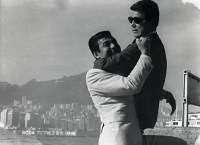
Apr 05-19, 2015
- Other
[Cinema Program] Alexander Zahlten “Mirrorball on Asia”
Alexander Zahlten
Place: Film Theatre, The Museum of Kyoto
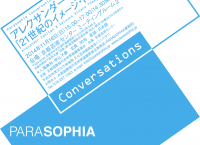
Nov 16, 2014 15:00-17:00
Parasophia Conversations 01
- Talk Event
Parasophia Conversations 01: Alexander Zahlten & Keisuke Kitano “Image Traffic in t...
Alexander Zahlten & Keisuke Kitano
Place: Meeting Room 2, Kyoto Art Center




